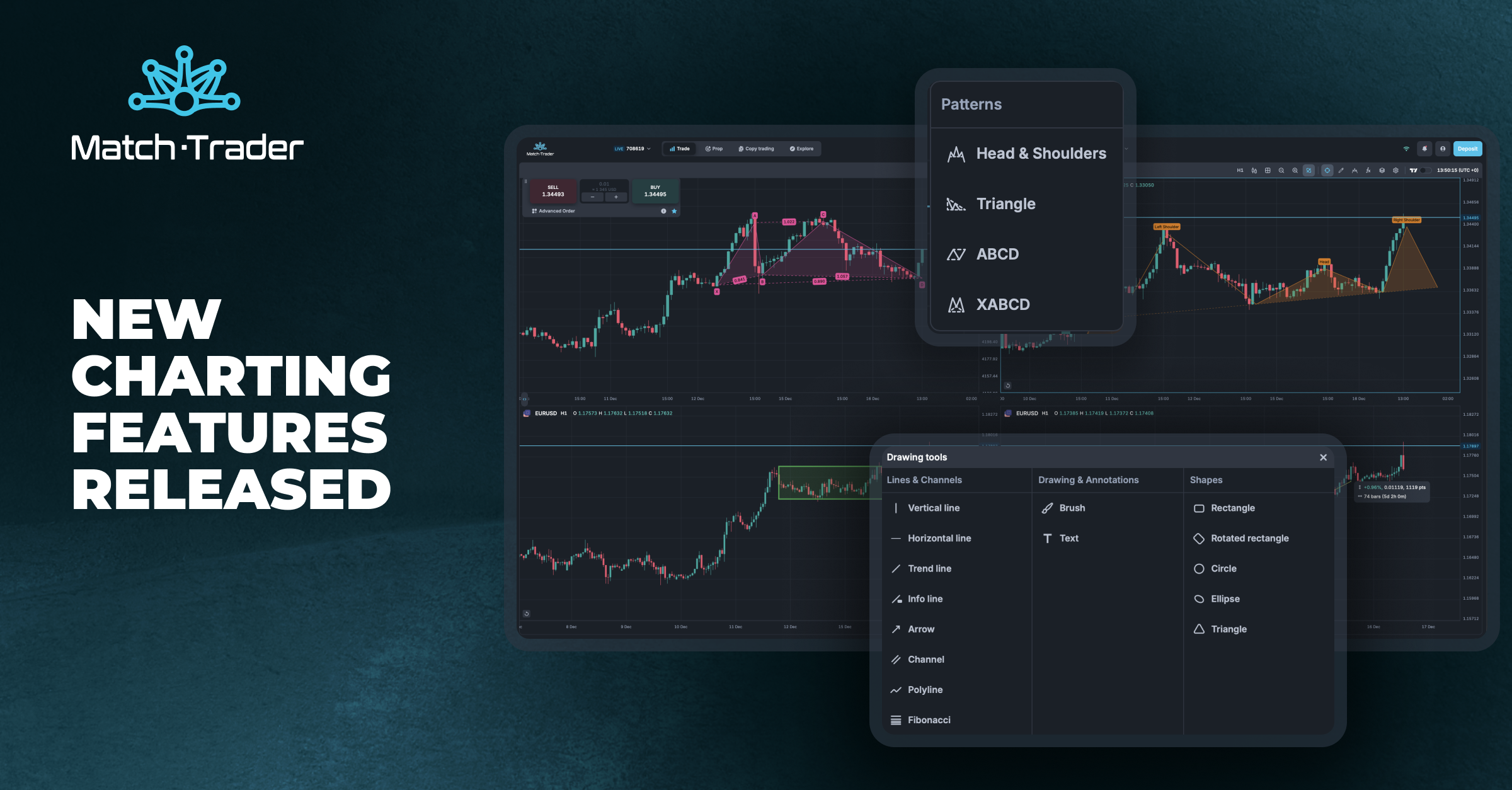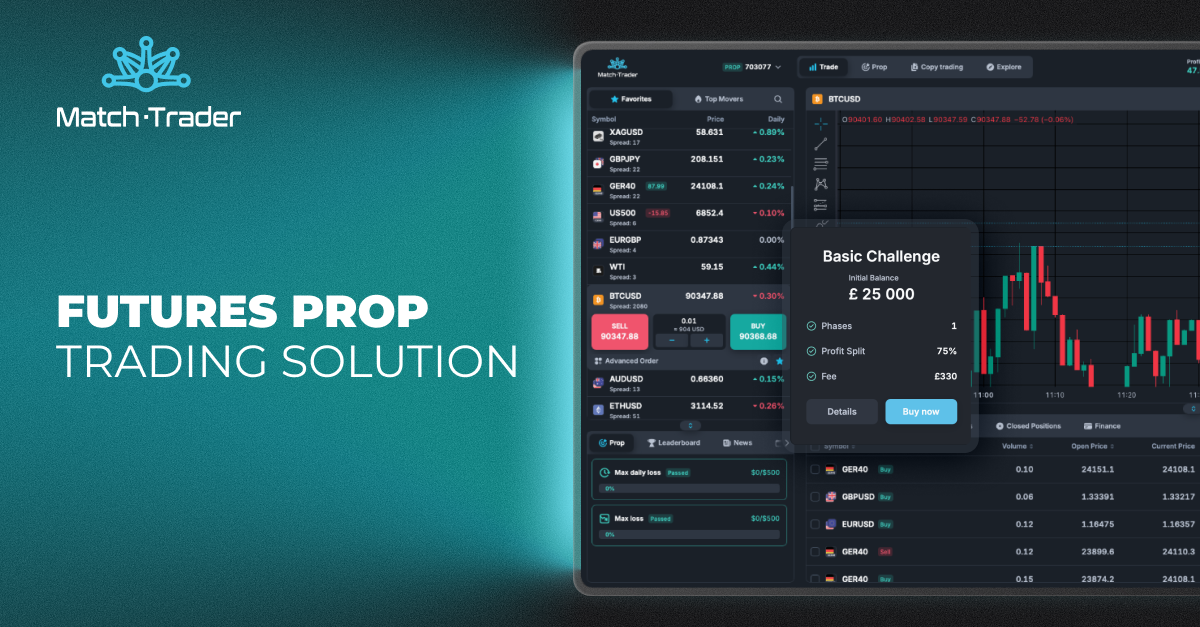The recent iFX Expo shed light on several booming trends in the financial services industry, focusing on the rising prominence of proprietary trading wings within forex brokerages. As brokers navigate an increasingly competitive landscape, adding prop trading could be a strategic move with far-reaching benefits.
Why Forex Brokers should expand into prop trading
The panel at iFX Expo highlighted several reasons why brokers should seriously consider adding prop trading services to their offer. The foremost advantage is the opportunity to diversify their revenue streams. As Gary Mullen, CEO of FunderPro, pointed out, the cost of client acquisition for prop trading is significantly lower than traditional brokerage models. Brokers can leverage their existing client base, reducing acquisition costs to almost zero by offering prop trading to active users. Furthermore, prop trading enhances client engagement and extends the lifetime value of clients, as traders often transition from trading their accounts to participating in prop challenges.
In addition, with the volatility witnessed in recent months, brokers now have a unique opportunity to capitalise on their established trust and regulatory standing to enter the prop trading space confidently. The panellists also noted that brokers are well-positioned to succeed in prop trading due to their deep market understanding, technological infrastructure, and compliance frameworks, all of which are critical for navigating the complexities of the prop trading environment.
Alexis Droussiotis, Head of Match-Trader Platform, reinforced this point, stating, “Brokers should consider this because they understand the market, they have the knowledge, they are aware of the risks – so they are the perfect candidates. In regards to technology, they have a trading platform, they have a CRM, they have the PSPs (Payment Service Providers), and they’re integrated with their LPs (Liquidity Providers).”
Prevent your trading technology from becoming a single point of failure
To avoid the risk of having their trading platform licence revoked by the technology provider, brokers need to adopt a strategic approach when selecting their partners. Recent actions by a major platform provider, which involved shutting down platforms of forex brokers collaborating with prop firms, have underscored the importance of ensuring that any chosen platform fully complies with relevant regulations. These abrupt terminations forced many firms to quickly seek alternative platforms.
Alexis Droussiotis highlights the importance of partnering with providers who have a deep understanding of the market-specific needs backed by years of industry experience and a track record of supporting hundreds of successful clients. It’s not just about finding a provider; it’s about securing a partner committed to long-term collaboration. Short-term engagements that end after a few months can disrupt operations, so it’s essential to work with providers who have strong support structures in place – technical teams, marketing departments, and more – to ensure ongoing stability and growth. This approach minimises risks and fosters a sustainable partnership.
Vitaly Kudinov from Devexperts highlights another critical aspect: compliance with licensing requirements, especially when handling real market data in futures or stock trading. Failure to adhere to these requirements can result in legal complications and conflicts with other brokers who pay for access to this data. Additionally, Vitaly points out that the demands on prop trading platforms are often more predictable and stable than those of traditional brokerage platforms. This allows brokers to proactively test and ensure the platform’s ability to handle the necessary user base and trading volumes without unexpected issues.
Gary Mullen adds that understanding why traders choose specific trading platforms is vital. Often, their preference is influenced by the platforms they were trained on. Therefore, offering a diverse range of platforms can give brokers a competitive edge by meeting the varied preferences of their clients. Moreover, with the increasing demand for demo accounts, it’s crucial that these accounts accurately reflect real market conditions. Mullen highlights that these accounts should not be treated as mere demos; they must use real-time data and ensure execution mirrors actual market conditions. The best way to reflect that on simulated accounts is by utilising Volume-Weighted Average Price (VWAP) execution rather than best bid-offer prices. This approach prepares traders more effectively for live trading.
Identifying challenges of prop trading to ensure long-term business growth
To ensure longevity, trader-funded firms must avoid common pitfalls such as underestimating the importance of providing prop traders a robust and realistic trading environment. As highlighted by the panel, firms should avoid treating prop accounts as mere demo accounts. Instead, they should be designed to reflect real market conditions, including factors like slippage and variable pricing, to provide a genuine trading experience.
Another significant issue is the approach to risk management. Forex brokers, particularly those who internalise risk (B-Book model), often don’t fully grasp the different risk dynamics in prop trading. Unlike traditional trading, where traders have their own capital at stake, prop traders typically don’t have personal financial exposure. This absence of “skin in the game” can lead prop traders to take higher risks with less emotional impact, as the primary loss is time rather than money. Consequently, brokers can’t apply their standard risk models used for conventional trading accounts to prop trading. They must adapt their strategies to account for prop traders’ unique behaviours and risk profiles.
Furthermore, trader funding firms should be wary of the “race to the bottom” mentality, where challenges become too easy, cheap, and frequent. This approach can undermine the credibility of the prop trading model, turning it into a short-term capital grab rather than a sustainable business. Firms should instead focus on creating meaningful and challenging evaluation criteria that attract serious traders and contribute to the long-term success of both the traders and the firm.
Prop trading challenges participants vs traditional traders
The panellists observed distinct differences in the mindsets and trading habits of traders participating in prop trading challenges versus those in traditional brokerage settings. Prop traders tend to be more risk-averse, often focusing on fewer, higher-quality trades due to the structured nature of prop challenges. This contrasts with traditional traders, who may take more exploratory positions as they develop their strategies.
Moreover, prop traders operate under strict time constraints, which can influence their trading behaviour, making them more disciplined but also more prone to taking calculated risks as deadlines approach. This psychological difference is crucial for brokers to understand when designing prop trading offerings and evaluating trader performance.
Observed trends to increasing lifetime value in proprietary trading
Traditionally, prop trading firms used their own capital to trade the markets, focusing on identifying and nurturing skilled traders who could generate profits for the firm. However, with the rise of retail traders, many firms have transitioned to a model based on “challenge fees,” where traders pay for the opportunity to prove their abilities in exchange for potential funding. While this model initially attracted a large pool of retail traders, it has also raised concerns regarding its sustainability and long-term benefits for traders. Many talented traders avoid prop firms because they view these challenge-based models as “too good to be true,” undermining trust in the industry.
The future of prop trading seems to be shifting back to its original purpose – finding skilled traders who can trade a firm’s capital and generate revenue based on performance rather than upfront fees. This evolution aligns the interests of both the firm and the traders. Firms will likely see more consistent returns from traders with proven track records, and talented traders will find a professional environment to thrive in.
As this transition unfolds, platforms and infrastructure will also need to adapt. Prop trading firms will require flexible trading platforms that can accommodate various asset classes with market data from reliable sources, eliminating the need for third-party providers. The demand for customisable front-end interfaces will grow as firms seek to tailor trading environments to the needs of professional traders.
To increase the lifetime value of their clients, brokers should consider integrating prop trading services that appeal to a broad range of traders, from novices to experienced professionals. By offering tailored educational challenges and creating a clear pathway for traders to grow and succeed within the prop trading framework, brokers can foster loyalty and long-term engagement.
In conclusion, Alexis Droussiotis pointed out that the risk of missing out on this growing segment is high: “If a broker doesn’t make a move, someone else will, and they will miss that segment of the market that they could have acquired perfectly.”
Adding prop trading services presents a strategic opportunity for forex brokers to diversify their offerings, attract a wider audience, and increase client lifetime value. However, success in this space requires careful planning, the right technology partnerships, and a commitment to creating a sustainable and credible trading environment. As the prop trading trend continues to evolve, brokers who adapt and innovate will be well-positioned to reap the rewards.



